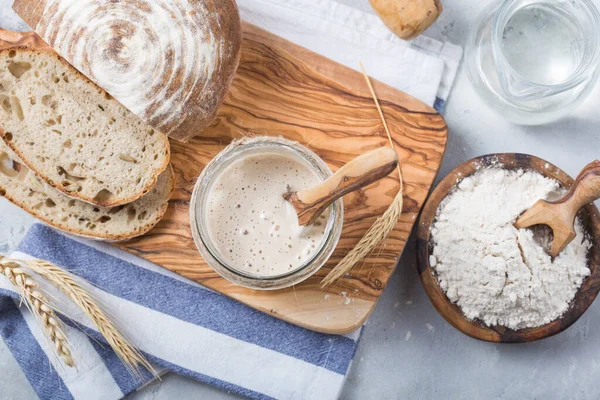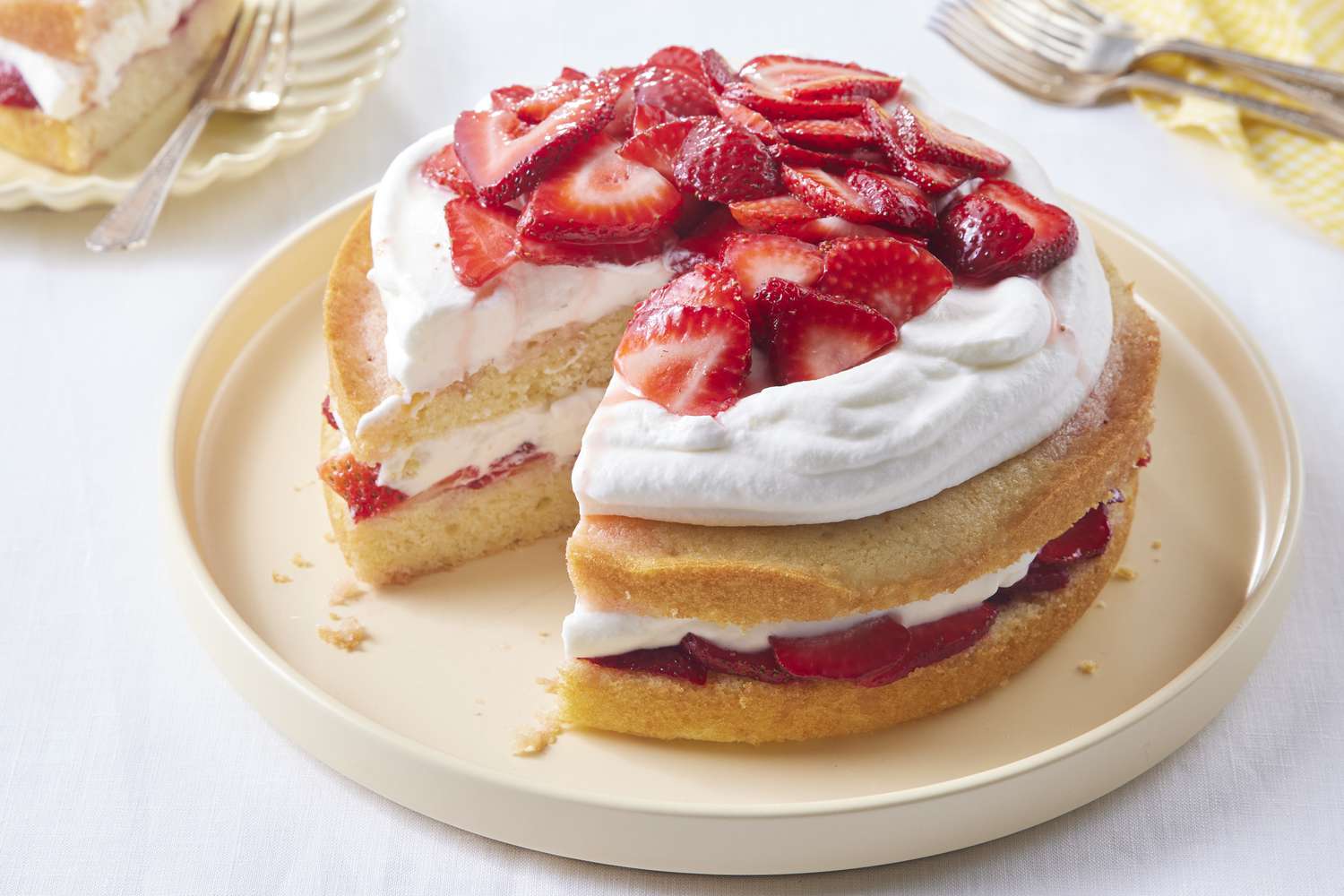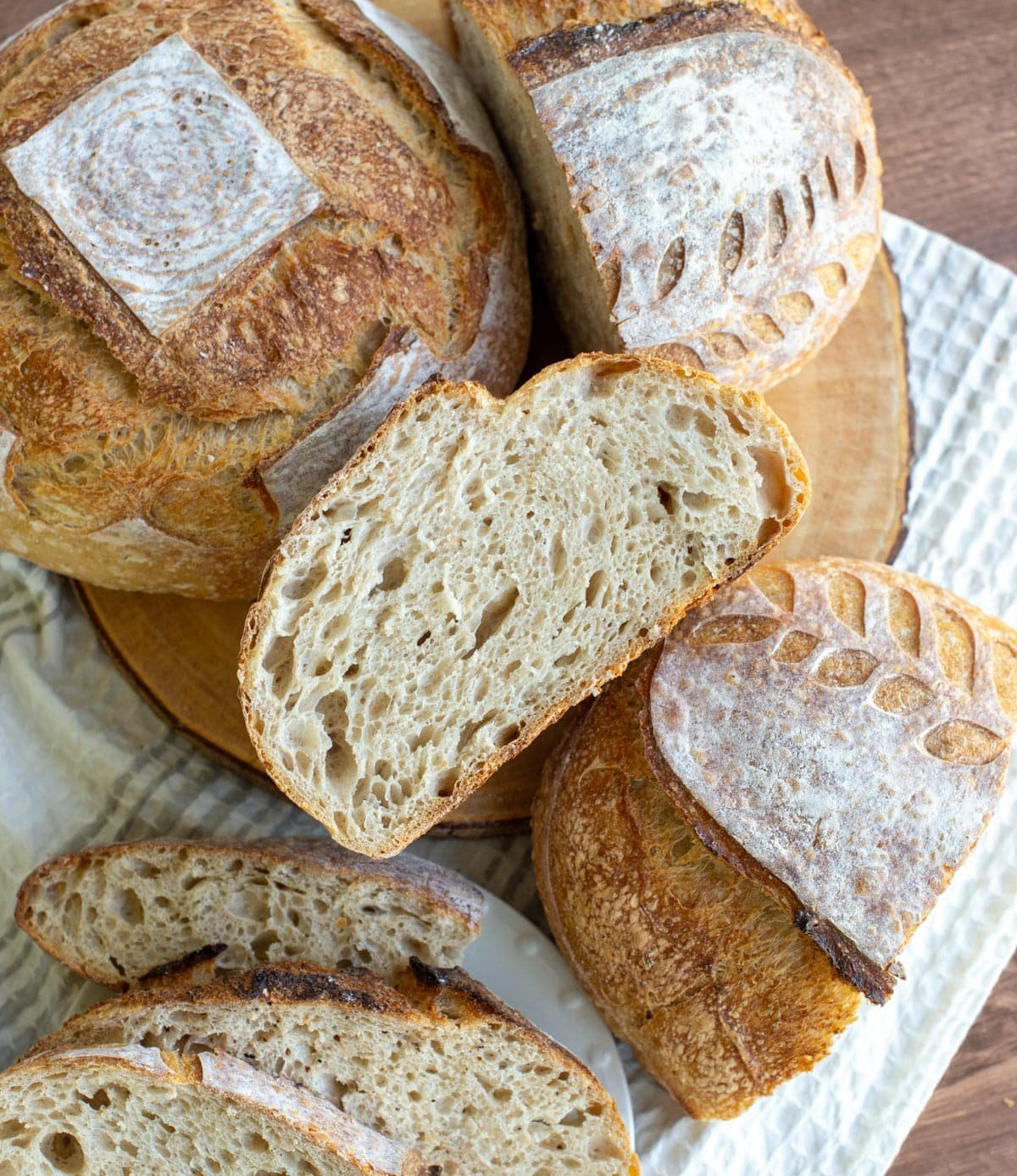What Is a Leavening Agent in Baking?
If you've ever wondered why your cakes rise, your bread gets fluffy, or your cookies are just right, the answer is leavening agents. These essential ingredients are the magic behind light, airy, and delicious baked goods.
In this guide, we’ll explore:
✅ What leavening agents are
✅ The different types of leavening agents
✅ How they work in baking
✅ Best practices for using them
Whether you bake at home or work in a bakery, knowing about leavening agents is important. This will help you get great results every time!

What Is a Leavening Agent?
A leavening agent is a substance used in baking. It produces gas, usually carbon dioxide. This gas makes dough or batter expand and rise. This results in a lighter, softer texture in cakes, bread, muffins, and more.
Without leavening agents, baked goods would be heavy and flat. For example, think of a pancake with baking powder compared to a crepe without leavening.
Types of Leavening Agents in Baking
Leavening agents can be natural, chemical, or mechanical, depending on how they work. Here are the most common types:
1. Chemical Leaveners (Most Common)
These are pre-mixed compounds that release gas when exposed to heat or moisture.
-
Baking Soda (Sodium Bicarbonate)
Requires an acidic ingredient (like yogurt, buttermilk, or lemon juice) to activate.
Works immediately, so bake quickly after mixing.
Best for: Cookies, pancakes, quick breads.
Contains baking soda + an acid (like cream of tartar).
Some are double-acting (reacts twice: once when wet, again when heated).
Best for: Cakes, muffins, biscuits.
2. Biological Leaveners (Yeast)
Yeast is a living microorganism that ferments sugars, producing CO₂ and alcohol.
Active Dry Yeast & Instant Yeast
Needs warm water and sugar to activate.
Requires time to rise (unlike chemical leaveners).
Best for: Bread, pizza dough, rolls.
3. Mechanical Leavening (Air & Steam)
Some baked goods rely on physical methods to trap air and expand.
Whipped Eggs (Angel Food Cake, Soufflés)
Beating egg whites incorporates air, which expands when heated.
Steam (Puff Pastry, Choux Pastry)
Water turns to steam in the oven, creating lift.

How to Use Leavening Agents Correctly
✅ Measure Accurately – Too much can make baked goods bitter or collapse.
✅ Check Expiration Dates – Old baking soda/powder loses effectiveness.
✅ Don’t Overmix – Overworking batter can deflate air bubbles.
✅ Use the Right Type – Yeast for bread, baking powder for cakes, etc.
FAQs About Leavening Agents
-
Can I substitute baking powder for baking soda?
Yes, but you’ll need 3x more baking powder (since baking soda is stronger).
-
Why did my cake not rise?
Possible reasons:
Expired leavener
Not enough acid (if using baking soda)
Overmixing the batter
Yes, but most yeast bread recipes contain gluten. Look for gluten-free flour blends if needed.

Final Thoughts
Leavening agents are the unsung heroes of baking, transforming dense dough into soft, fluffy masterpieces. Whether you use baking soda, baking powder, yeast, or whipped eggs, understanding how they work will take your baking skills to the next level.
Want to try a recipe? Check out our [The Perfect Pizza Dough Recipe] or [Easy & Fluffy Muffin Recipe] for delicious results!



